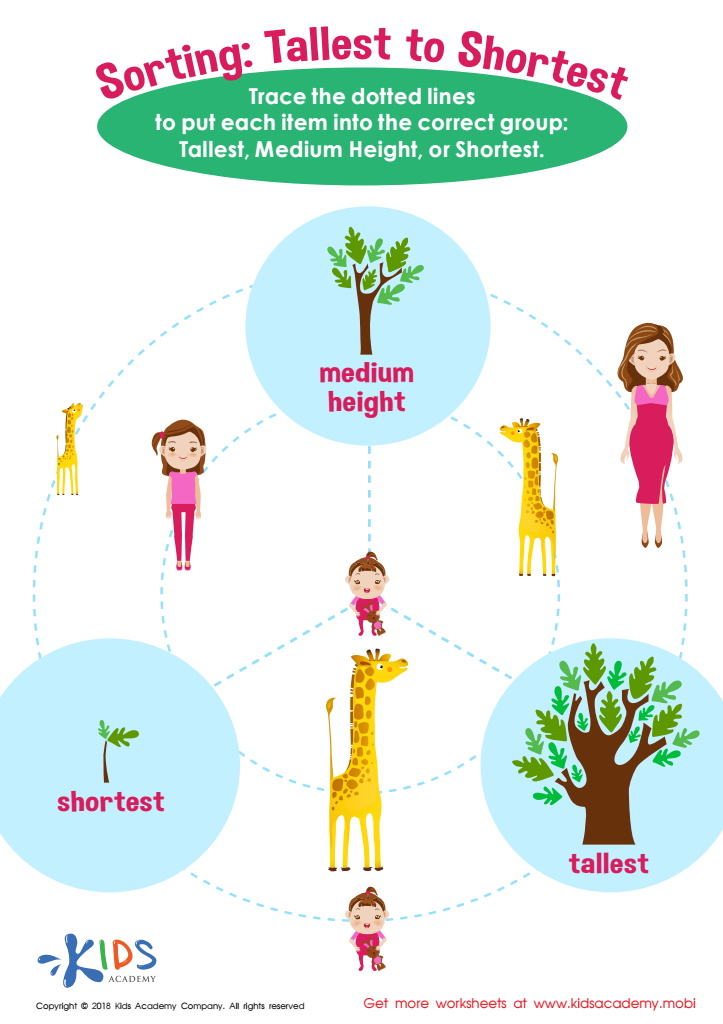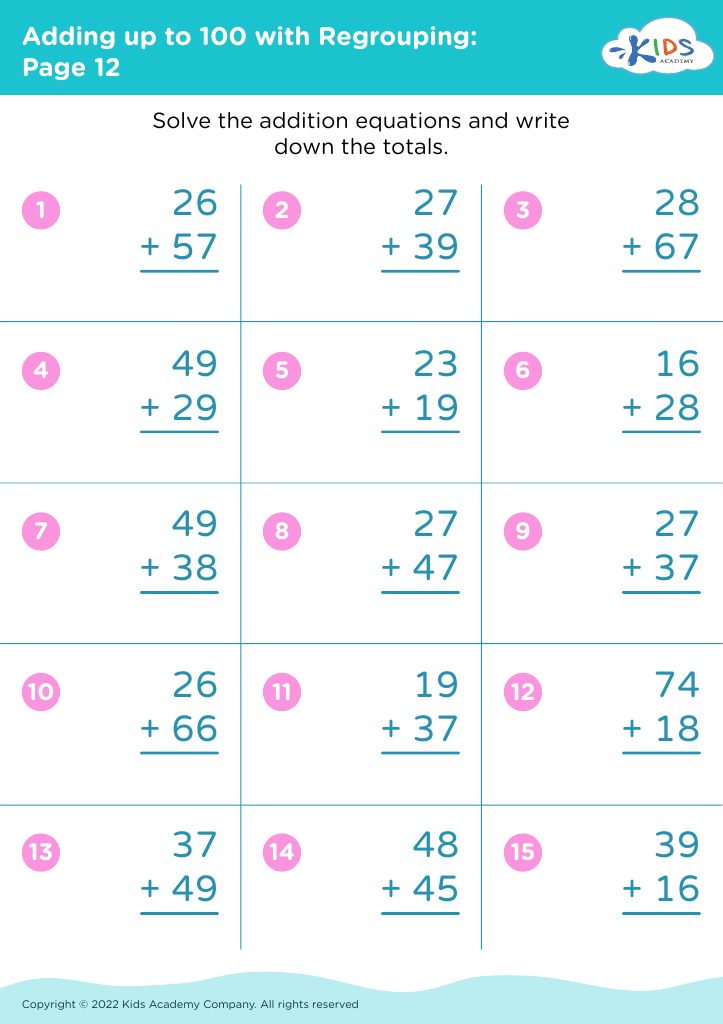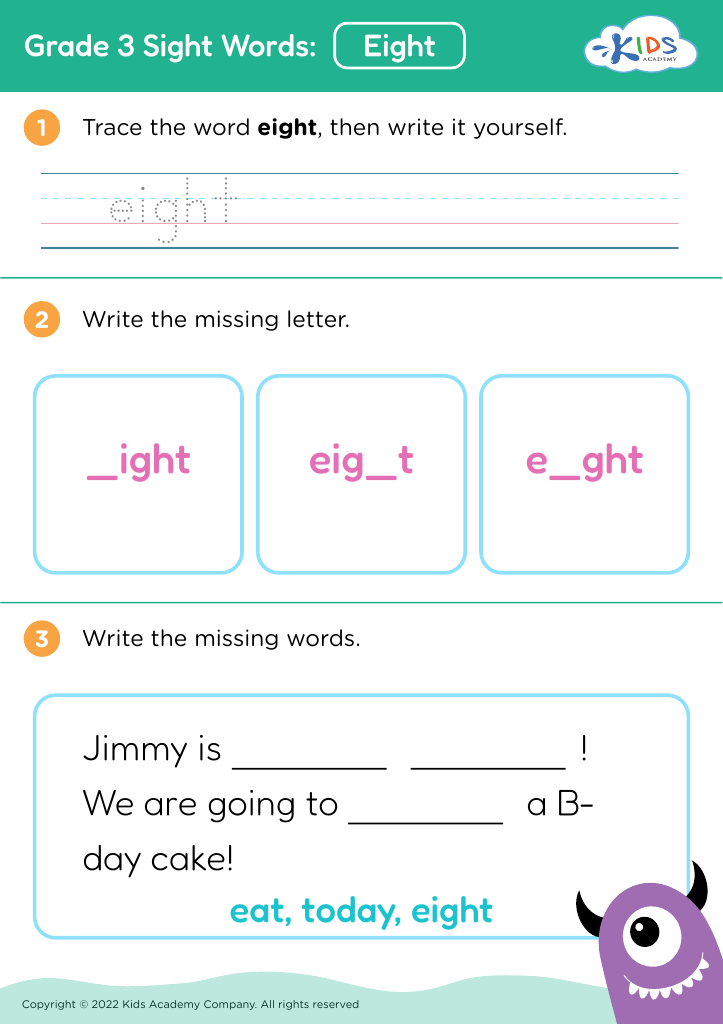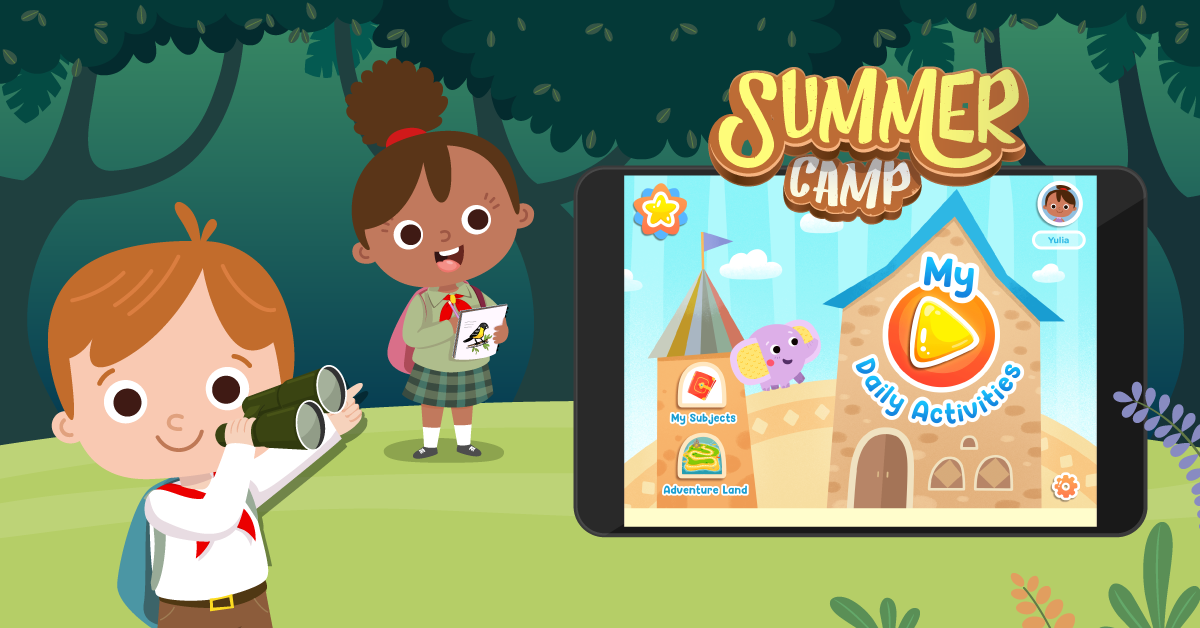Sorting and categorizing Worksheets for Kids
3 filtered results
-
From - To


Sorting: Tallest to Shortest Worksheet
Question/Answer
How to train the Sorting and categorizing skill in Kindergarten students learning about Measurement?
To train sorting and categorizing skills in kindergarten students learning about measurement, engage them in hands-on activities like grouping objects by size, length, or weight. Use manipulatives like blocks, beads, or themed items for relevance. Incorporate games that involve matching or organizing objects into categories, and encourage discussion and reasoning about why items are grouped certain ways.
What does the Sorting and categorizing skill mean when it comes to Kindergarten Measurement learning?
The Sorting and categorizing skill in Kindergarten Measurement learning involves teaching children how to group objects based on common attributes such as size, shape, or color. This foundational skill helps young learners understand basic concepts of comparison and classification, setting the stage for more advanced measurement and mathematical reasoning skills.
What are some effective activities to train students’ Sorting and categorizing skill when teaching them about Measurement?
Effective activities for training students in sorting and categorizing skills within the context of measurement include grouping objects by size or length, categorizing items by weight or volume, using Venn diagrams to classify shapes or units of measure, and organizing materials by temperature or capacity. These hands-on, interactive activities help solidify understanding of measurement concepts through visual and tactile engagement.

 Assign to the classroom
Assign to the classroom












